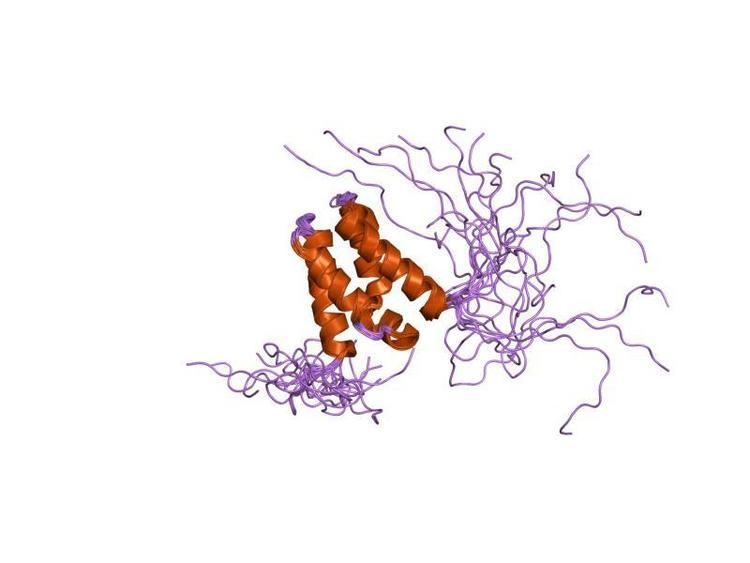Entrez 9441 | Ensembl ENSG00000105085 | |
 | ||
Aliases MED26, CRSP7, CRSP70, mediator complex subunit 26 External IDs MGI: 1917875 HomoloGene: 68417 GeneCards: MED26 | ||
Mediator of RNA polymerase II transcription subunit 26 is an enzyme that in humans is encoded by the MED26 gene. It forms part of the Mediator complex.
Contents
The activation of gene transcription is a multistep process that is triggered by factors that recognize transcriptional enhancer sites in DNA. These factors work with co-activators to direct transcriptional initiation by the RNA polymerase II apparatus. The protein encoded by this gene is a subunit of the CRSP (cofactor required for SP1 activation) complex, which, along with TFIID, is required for efficient activation by SP1. This protein is also a component of other multisubunit complexes e.g. thyroid hormone receptor-(TR-) associated proteins which interact with TR and facilitate TR function on DNA templates in conjunction with initiation factors and cofactors.
Activity
MED26 or Transcription factor IIS (TFIIS) is a transcription elongation factor that increases the overall transcription rate of RNA polymerase II by reactivating transcription elongation complexes that have arrested transcription. It does this through recruiting ELL/EAF- and P-TEFb- containing complexes to promoters via a direct interaction with the N-terminal domain (NTD). The MED26 NTD also binds TFIID, and TFIID and elongation complexes interact with MED26 through overlapping binding sites. MED26 NTD may function as a molecular switch contributing to the transition of Pol II into productive elongation.
The three structural domains of TFIIS are conserved from yeast to human. The 80 or so N-terminal residues form a protein interaction domain containing a conserved motif, which has been called the LW motif because of the invariant leucine and tryptophan residues it contains. Although the N-terminal domain is not needed for transcriptional activity, a similar sequence has been identified in other transcription factors and proteins that are predominantly nuclear localized,:
Interactions
MED26 has been shown to interact with MED8, Cyclin-dependent kinase 8, POLR2A, MED12 and MED28. It also acts synergistically to mediate the interaction between REST (a Kruppel-type zinc finger transcription factor that binds to a 21-bp RE1 silencing element present in over 900 human genes) and Mediator.
